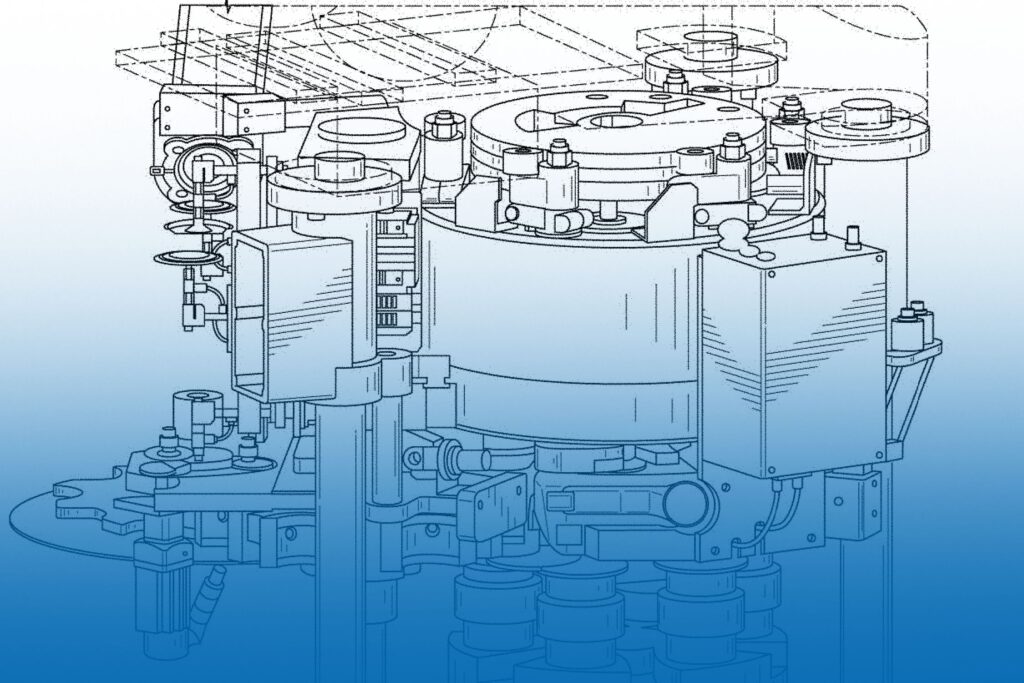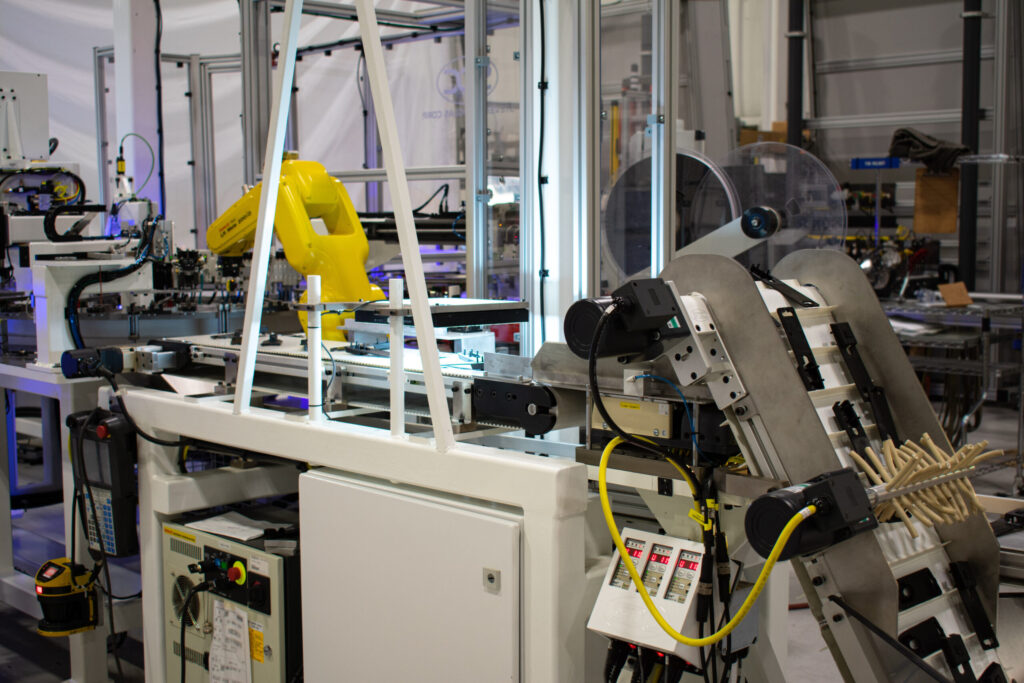How Our Internal Safety Committee Powers Safer Innovation in Custom Machine Design
In the world of custom automation, every project is unique—and so are the safety challenges that come with it. At SDC, our mission is to design and build automated machines that not only meet our customers’ exact specifications but also operate with the highest levels of safety and reliability. That’s why our internal Safety Committee plays such a vital role in how we work, from concept to installation.
This blog explores the critical intersection between workplace safety, engineering excellence, and customer satisfaction—and why our internal safety committee is central to it all.
Designing for Safety in a High-Stakes Industry
Designing and building automated machines is an incredibly complex process. We deal with high-speed motion, high voltage systems, robotic arms, pneumatics, and more. These systems are powerful and precise—but without a rigorous focus on safety, they can also pose serious risks to both operators and technicians.
That’s why we don’t view safety as the final step in the process. It’s built into our DNA—and starts from the first design sketch.
As a company that partners with manufacturers across industries, we must comply with a variety of safety standards, including internal standards and processes and customer-specific safety guidelines. Meeting these standards isn’t just about compliance—it’s about ensuring that every machine we deliver can operate safely, efficiently, and with minimal downtime.
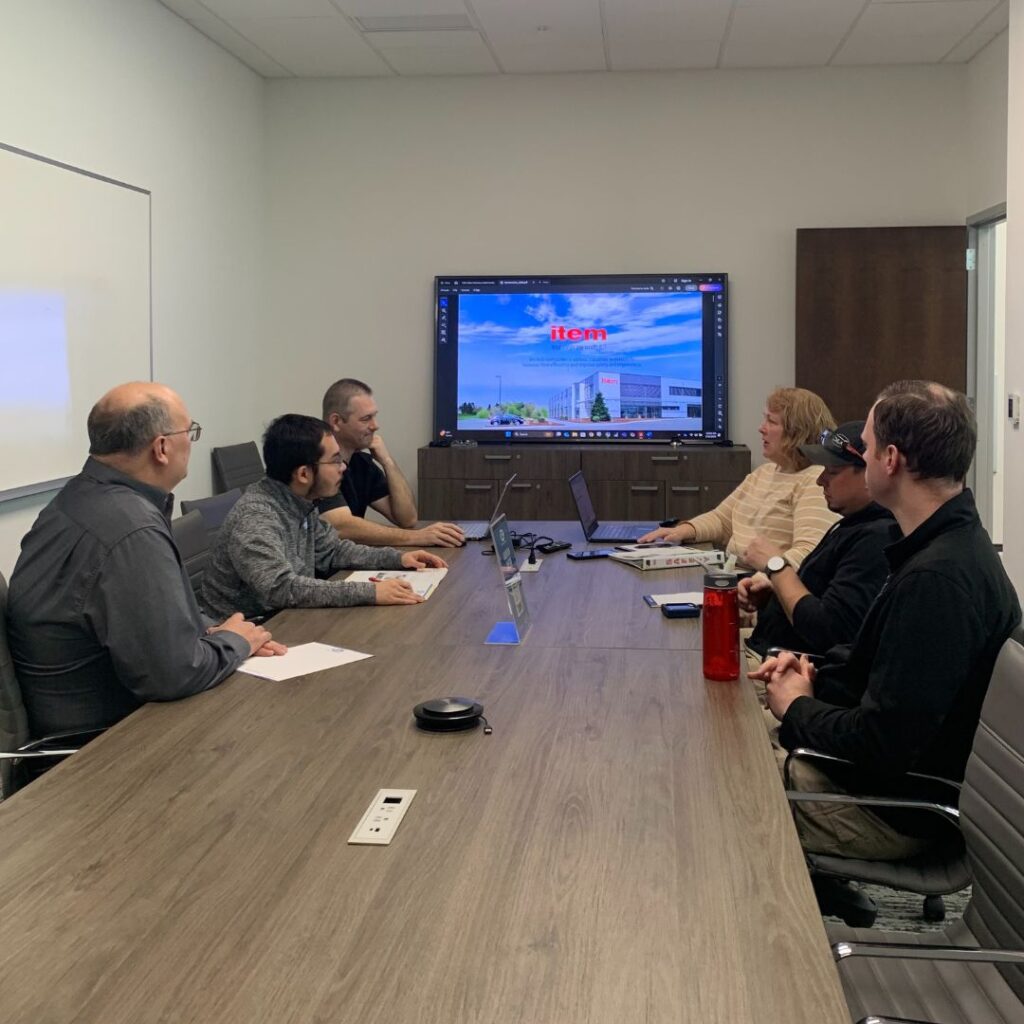
What Is the Internal Safety Committee?
Our internal Safety Committee is a cross-functional team that brings together voices from engineering, manufacturing, HR, and leadership. Its mission: foster a proactive culture of safety across the entire company.
The committee meets regularly to:
- Review incident reports and near misses.
- Identify trends and potential hazards.
- Recommend safety improvements in both our internal processes and machine designs.
- Collaborate with design engineers and suppliers to ensure that safety considerations are embedded in every project phase.
This committee is not a passive oversight group. It’s a hands-on, problem-solving body that helps us evolve our practices to keep our team—and ultimately our customers—safe.
HR’s Role in Building a Safety-First Culture
Insights from our HR Manager
Safety isn’t just about policies—our main goal is protecting our employees. From the HR perspective, the Safety Committee is integral to creating a workplace where employees feel empowered, informed, and accountable.
We’ve integrated safety into our:
- Onboarding programs – Every new employee receives comprehensive safety training tailored to their role.
- Ongoing education – Regular training sessions keep safety top-of-mind and skills up to date.
- Open reporting culture – Employees are encouraged to report near-misses and safety concerns without fear of retribution. This data helps the committee make informed decisions.
- Engagement and communication – Regular safety talks, visual signage, and employee feedback loops keep safety visible and actionable.
Involving HR ensures that safety is woven into every aspect of the employee experience—from day one.
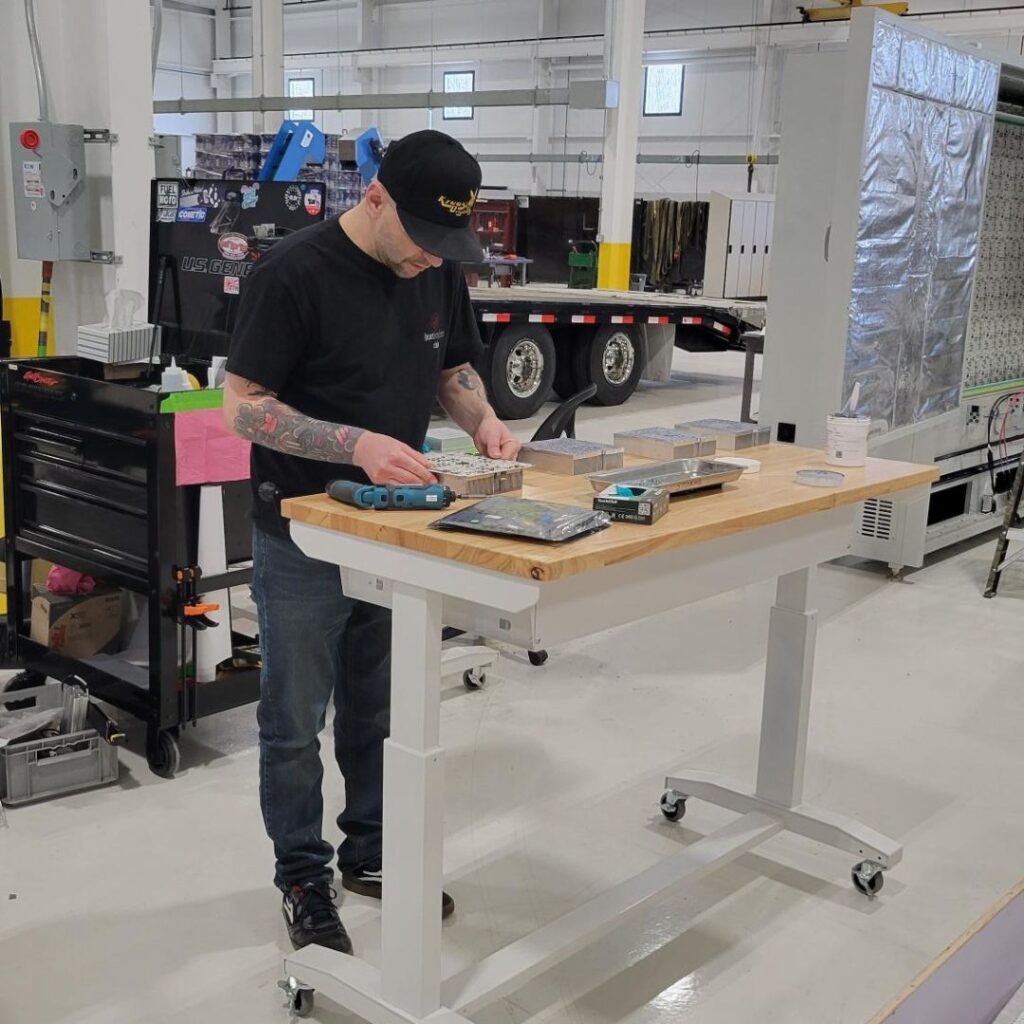
Engineering with Safety as a Design Principle
Our engineering team doesn’t just design for performance—they design for safe performance. Here’s how:
- Built-in risk assessments: Each design is evaluated for mechanical, electrical, and operational hazards.
- Fail-safe features: From emergency stop circuits to light curtains and interlocked guards, safety is part of the base design—not an add-on.
- Ergonomics: We consider how operators and maintenance teams interact with machines. Good design reduces fatigue, improves clarity, and minimizes risks.
- Collaborative design reviews: Safety Committee members participate in key design reviews to ensure new ideas meet both customer and in-house safety standards.
The result? Machines that are safer, more user-friendly, and built to last.
Safer Machines = Better Customer Outcomes
Customers trust us to deliver machines that meet rigorous performance and compliance demands. Our internal safety focus ensures:
- Reduced risk of injury or operational failure post-installation.
- Fewer costly redesigns due to overlooked safety issues.
- Stronger reputation and compliance alignment, especially for customers in regulated industries like food, pharma, and automotive.
In short, when we prioritize safety internally, our customers benefit externally.
Success in Action: A Real Example
Recently, our Safety Committee identified a pattern of pinch-point near-misses on one machine platform. Working together with our engineering team, they recommended a design change: repositioning access doors and adding a dual-channel interlock system.
The result?
- A 30% reduction in service-related safety concerns.
- Improved machine accessibility for maintenance.
- Positive feedback from both our internal technicians and the end customer.
It’s a clear example of how small changes—driven by safety insights—can lead to big improvements.
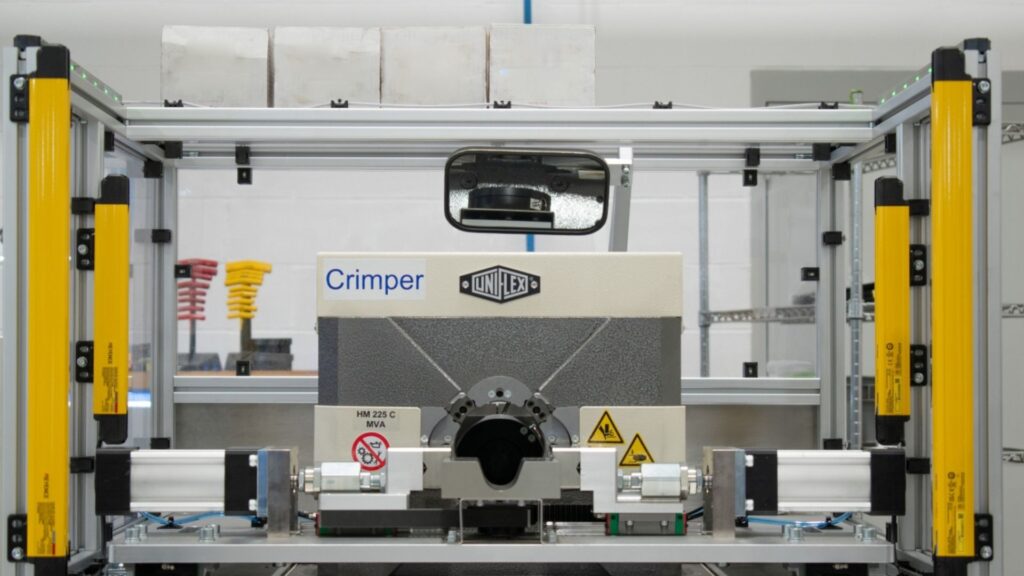
Conclusion: Safety as a Strategic Advantage
At SDC, safety isn’t just a compliance checkbox. It’s a strategic advantage—one that enables us to deliver high-quality, reliable, and safe automated machines to our customers.
Our Safety Committee ensures that everyone—from engineers to assembly technicians to project managers—has a voice in creating a safer workplace and a better product. That culture doesn’t just protect our team—it builds better solutions for yours.
Let’s Talk Safety-Driven Design
Want to learn more about how we engineer safety into every machine we build?
Contact us today to speak with one of our design and safety experts.
